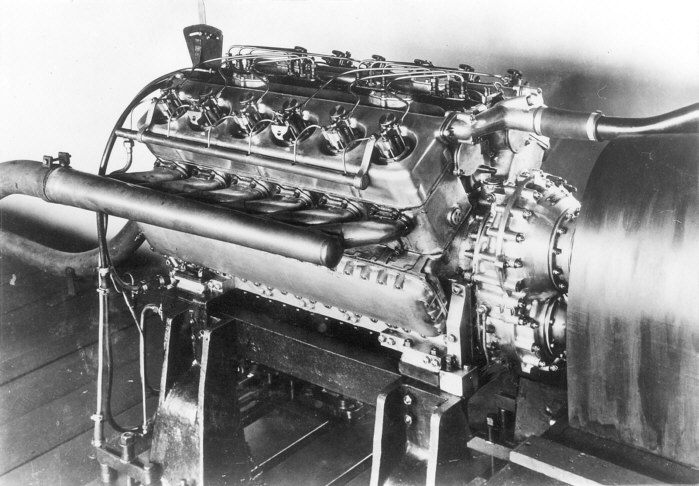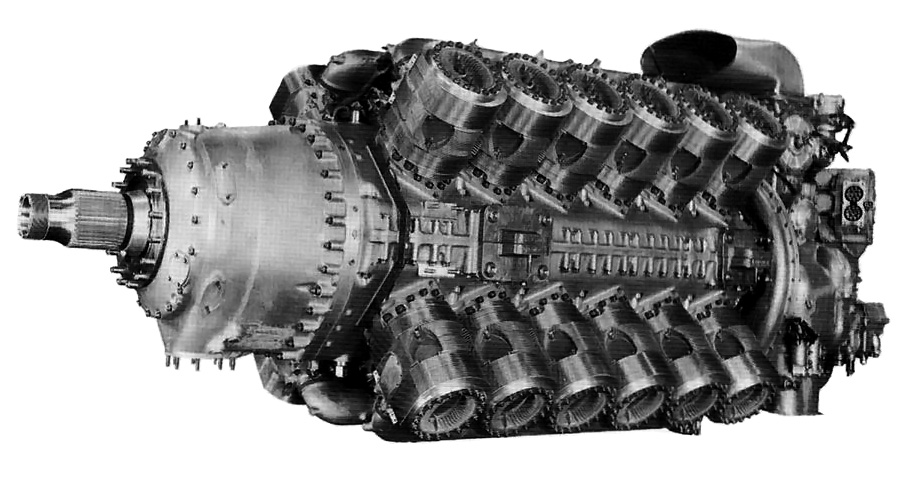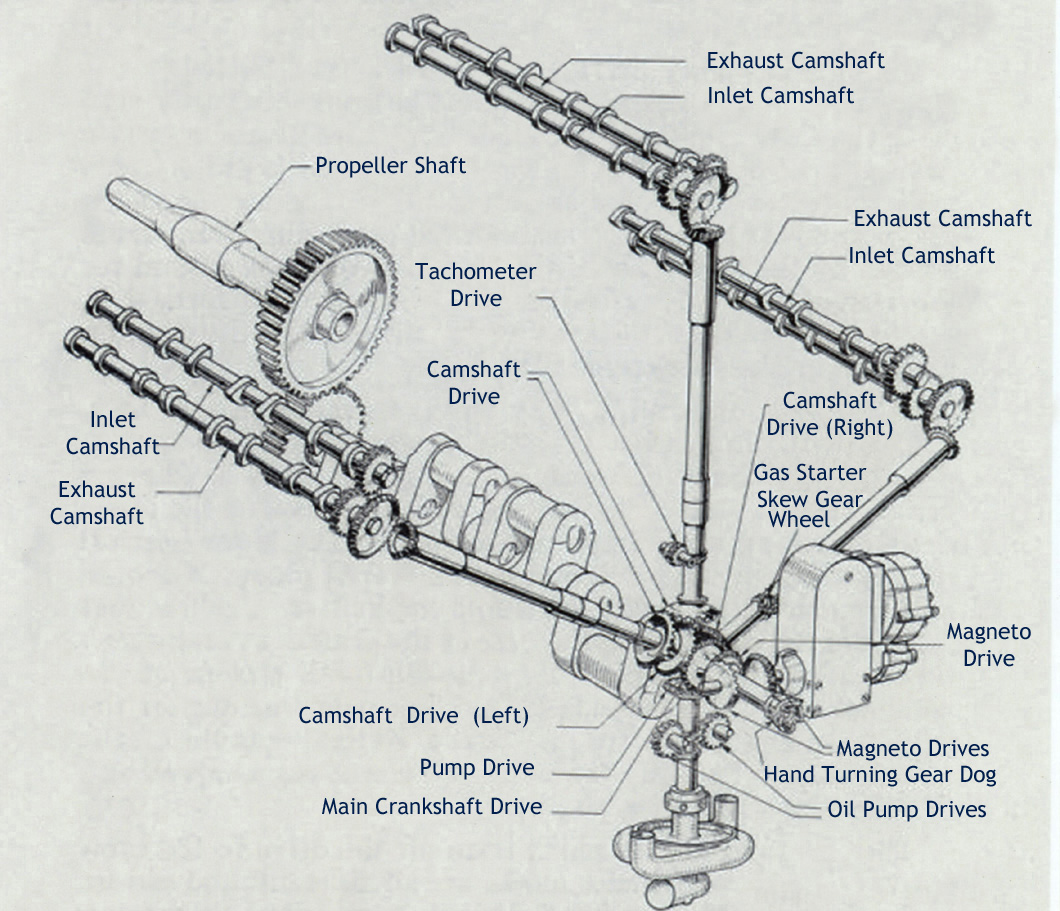GG, the aero manufacturers were very jealous of their IP, even during wartime.
Bristol spent millions of dollars developing the manufacturing technique for sleeves. They didn't offer to help Napiers, but were ordered to do so.
The early Sabres worked well - so long as they were hand built and fitted. Early production machines didn't fare so well - with excessive oil consumption and unreliability. The issues nearly sent Napier bankrupt. Rolls-Royce was asked to bail them out, but the Napier board blocked that. So it fell to English Electric to fix Napier and to sort the Sabre.
The first thing they did was to junk the exotic developments that were happening - which included a 2 stage, 3 speed supercharger - so they could concentrate on getting the core product right.
It may have been the snub by the Napier board which inspired Rolls-Royce to do the H-24 Eagle 22. But it wasn't their first sleeve valve design, nor their last.
The first Rolls-Royce engine with sleeve valves was the RR/D - a sleeve valve Diesel conversion of the Kestrel. This was done in conjunction with Ricardo. It was not a flight engine, weighing a substantial amount for the power it developed. It was also disappointing, not being very powerful (unsupercharged, Diesel and smaller capacity than the Kestrel) and breaking bits.
The next development was the RR/P - essentially the same engine, but spark ignition. These were around 1930/1931.

Then came the Exe. This was the air-cooled X-24 of 22l, making ~1150hp for a weight of ~1500lb. It was flying around in the test hack before the Sabre flew.
The Crecy started development as a Diesel, but was eventually changed to a petrol "sprint" engine. The origins of the Crecy project may have been the same as for the Sabre - development of a sleeve valve 2 stroke Diesel, driven by Ricardo.
Then, when the end of the war was in sight, the Eagle 22 was developed, followed by the Pennine. I would argue that a liquid cooled version of the Pennine would have been more compact, lighter and just as powerful as the Eagle 22.

Rolls-Royce were not the only ones inspired by the Sabre.
George Mead of Pratt & Whitney was taken by the Sabre, so he designed his own fmily of H-24 sleeve valve engines. From the X-1800/XH-2600 up to the XH-3130/XH-3730. These also went nowhere.
Incidentally, a pair of centreless grinders were diverted from P&W to Napiers, which thrilled the Americans no end.





